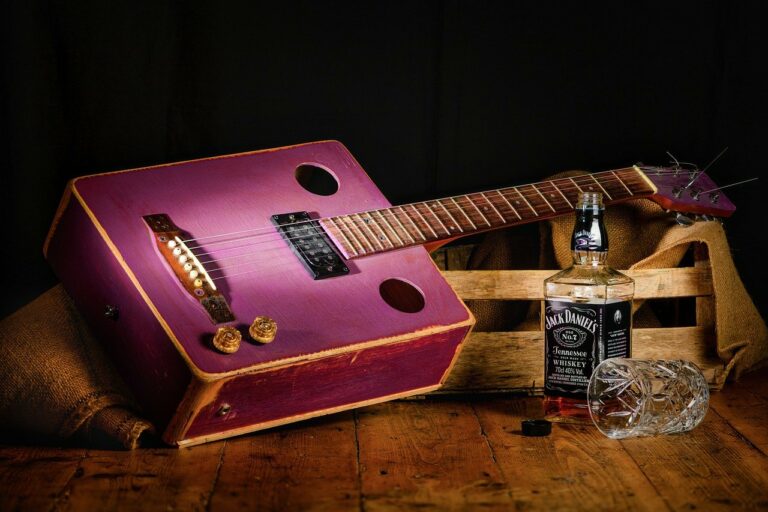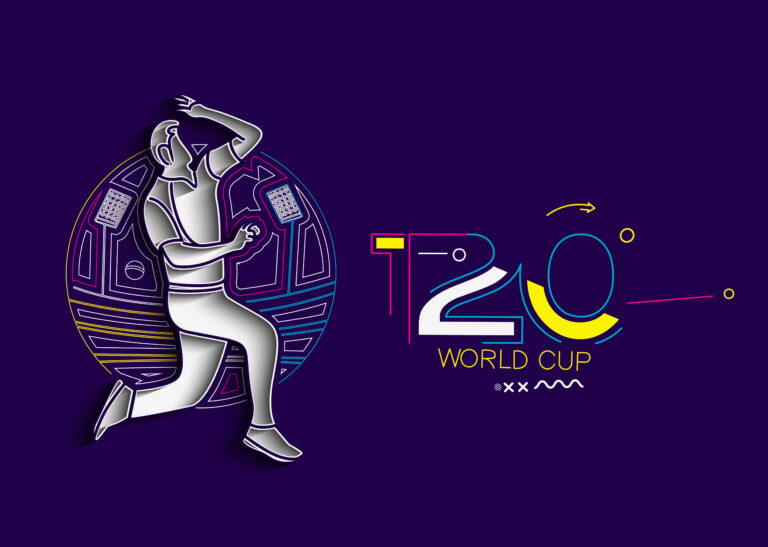Puppet Shows and Puppeteers: Spotlight on the Artists Behind the Characters
11xplay, gold365.win, skyexchange registration: Puppet Shows and Puppeteers: Spotlight on the Artists Behind the Characters.
Puppet shows have been entertaining audiences for centuries, captivating both young and old with their charming characters and captivating stories. Behind every puppet show, however, are talented puppeteers who bring these characters to life, making them dance, sing, and interact with one another in a way that mesmerizes audiences.
The art of puppetry dates back to ancient times when puppeteers used various forms of puppets to tell stories, entertain crowds, and convey important messages. Today, puppet shows are still a popular form of entertainment, with puppeteers continuing to innovate and expand the possibilities of this unique art form.
**The Magic Behind the Scenes**
Puppeteers are the unsung heroes of puppet shows, working tirelessly behind the scenes to bring characters to life. They use a variety of techniques to manipulate puppets, including hand puppets, marionettes, and rod puppets, each requiring a different set of skills and expertise.
**The Role of the Puppeteer**
Puppeteers not only manipulate puppets but also provide voices, expressions, and movements that give characters their personality and charm. They must have a keen understanding of storytelling, timing, and improvisation, as puppet shows often require quick thinking and adaptability to engage audiences and keep them entertained.
**The Craft of Puppetry**
Puppeteers spend years honing their craft, mastering the art of puppet manipulation, character development, and stage presence. They often train under experienced puppeteers and attend workshops and classes to refine their skills and learn new techniques.
**Innovation in Puppet Shows**
Puppeteers are constantly pushing the boundaries of puppetry, incorporating new technologies and techniques to create more dynamic and immersive puppet shows. From projection mapping to animatronics, puppeteers are finding innovative ways to enhance the puppet show experience and captivate audiences in new and exciting ways.
**Variety in Puppet Shows**
Puppet shows come in all shapes and sizes, from traditional hand puppet shows for children to more experimental and avant-garde puppet performances for adults. Some puppeteers specialize in specific types of puppets, such as shadow puppets or bunraku-style puppets, while others work with a variety of styles to create a diverse range of shows.
**The Future of Puppetry**
As technology continues to advance, the future of puppetry looks bright, with new opportunities for puppeteers to explore and innovate. While traditional puppet shows will always have a place in the hearts of audiences, puppeteers are finding creative ways to incorporate digital elements and interactive components into their performances, opening up new possibilities for storytelling and engagement.
**FAQs**
**Q: How long does it take to become a puppeteer?**
A: Becoming a puppeteer takes years of training and practice. Many puppeteers start learning the craft at a young age and continue to develop their skills throughout their careers.
**Q: Can anyone become a puppeteer?**
A: While anyone can learn the basics of puppetry, becoming a skilled puppeteer requires dedication, patience, and a love for the art form. It takes time and practice to master the techniques and skills required to bring characters to life on stage.
**Q: What are some famous puppet shows and puppeteers?**
A: Some famous puppet shows and puppeteers include “The Muppets” created by Jim Henson, “Sesame Street” featuring puppeteer Caroll Spinney, and “Avenue Q” with puppet designs by Rick Lyon. These shows have left a lasting impact on the world of puppetry and continue to inspire future generations of puppeteers.
In conclusion, puppet shows and puppeteers play a vital role in the world of entertainment, captivating audiences with their creativity, skill, and dedication. As we continue to see advancements in technology and storytelling, the future of puppetry looks brighter than ever, with puppeteers leading the way in creating innovative and engaging performances for audiences of all ages.







